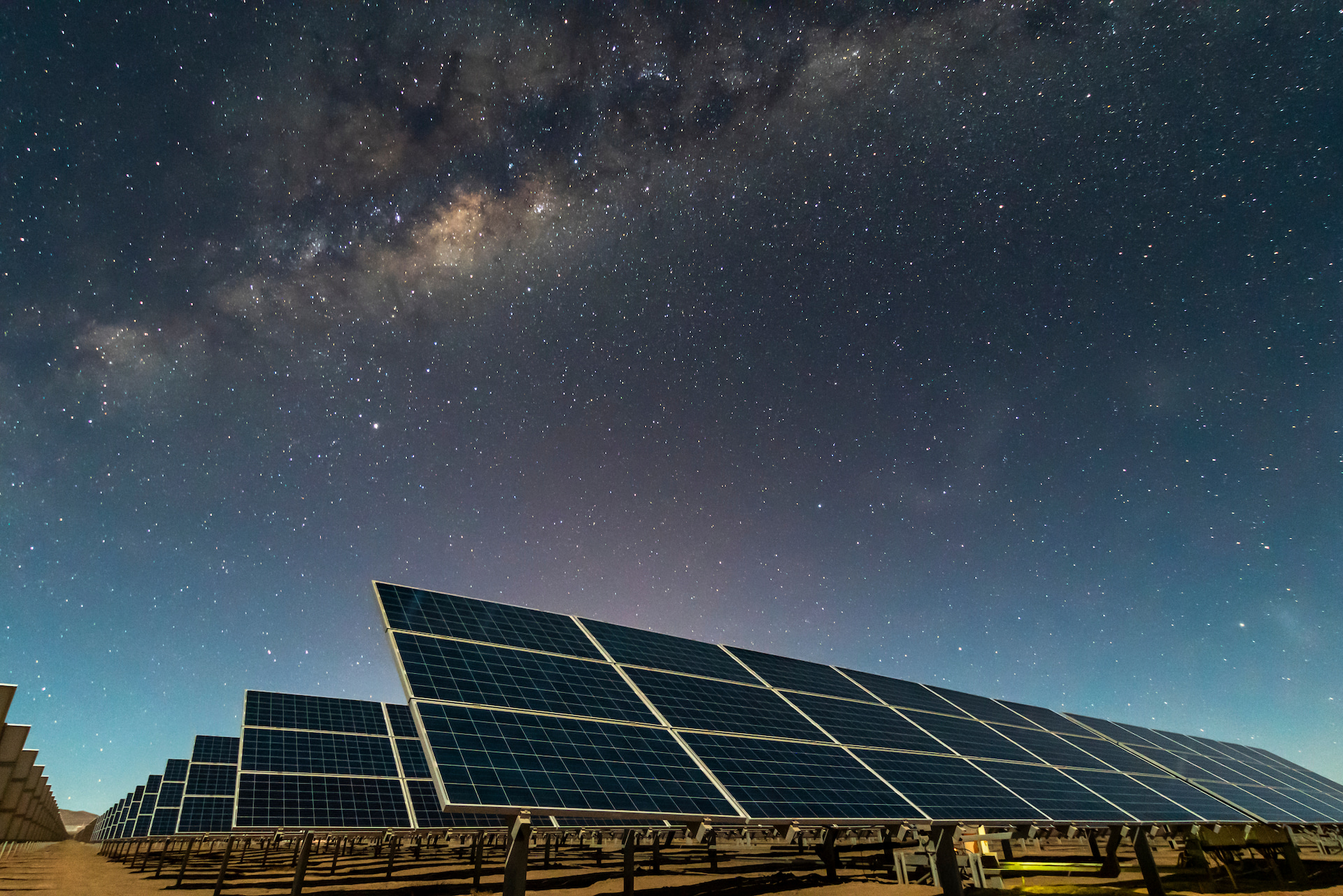When considering the future of renewable energy, it is inevitable that our minds turn first to the sun. Solar power, after all, has been the poster child of clean energy alternatives for some years now, and for good reason. The technology is well understood, increasingly efficient, and is already playing a significant role in reducing the reliance on fossil fuels globally.
Yet, for all the brilliance of solar power, it has a natural limitation. The sun, a vital yet intermittent source of energy, is absent half the time. Cloudy days, night hours, and geographical constraints pose considerable challenges for uninterrupted energy supply. So, while we appreciate and applaud the achievements of solar power, we also find ourselves asking, “What happens when the sun sets?”
This is where Neutrino Energy comes in. It’s an exciting new frontier in renewable energy sources made available to mankind thanks to the Neutrino Energy Group, an international consortium guided by the visionary leadership of mathematician Holger Thorsten Schubart. This cutting-edge renewable energy source seeks not to replace solar power but to complement it, offering a solution to the energy conundrum that plagues our sun-dependent systems.
To understand how this works, we need to take a brief detour into the world of quantum physics. Neutrinos are subatomic particles, extremely abundant yet elusive. They’re continuously generated in colossal amounts during nuclear reactions of stars, including our sun. Unlike solar energy, which we can only harvest during daylight hours and with good weather, neutrinos flow through the universe unimpeded day and night, regardless of weather or geographical location.
The Neutrino Energy Group, through their pioneering Neutrinovoltaic technology, has developed a way to collect and convert neutrinos and other non-visible radiations into electrical energy. This monumental feat stands on the shoulders of two Nobel laureates in Physics, Takaaki Kajita and Arthur McDonald, who discovered that neutrinos have mass, and by extension via Einstein’s E=mc^2, energy. At the core of the Neutrinovoltaic technology is a metamaterial consisting of ultra-thin layers of graphene and silicon. When neutrinos and other non-visible radiations interact with this material, they cause minute vibrations that can be transformed into electricity.
Let’s be clear about one thing: Neutrino Energy isn’t here to steal the limelight from solar power. Instead, it offers a synergy that could revolutionize our approach to renewable energy. While solar power can provide massive amounts of power during the day, particularly in sun-rich areas, Neutrinovoltaic technology can offer a steady, albeit currently smaller, power stream at all times.
One of the most promising applications of Neutrinovoltaic technology is in the Neutrino Power Cube, a fuel-free autonomous power generator that can generate energy constantly. The Power Cube can generate a net output of 5-6 kW and is expected to improve as the technology evolves. Imagine the possibilities: Devices that continue to generate power, even in complete darkness, or in the remotest areas. It’s a safety net, an energy backstop when the sun is not available.
The Neutrino Energy Group also envisions this technology’s transformative potential in transportation. The Pi Car project, for instance, aims to integrate Neutrinovoltaic technology into vehicles, enabling them to generate energy constantly and reduce dependence on traditional charging infrastructure.
In the grand scheme of things, Neutrino Energy symbolizes a paradigm shift, a move towards a more diversified renewable energy portfolio. Every source of renewable energy, from wind to solar to hydro, has its strengths and limitations. By adding Neutrinovoltaic technology to this mix, we can compensate for the intermittent nature of some renewable sources and inch closer to a future of energy autonomy.
In this context, it’s not Neutrino Energy versus solar power. It’s Neutrino Energy and solar power, hand in hand, as we strive towards a sustainable, carbon-neutral world. They’re partners in the most critical venture of our time – the battle against climate change.
Solar power has paved the way, demonstrating that it’s possible to break free from our fossil fuel dependency. Now, Neutrino Energy is here to take up the baton, running alongside solar power, to ensure that even when the sun sets, our hopes for a renewable energy future remain bright.
As we face the energy challenges of the 21st century, it’s clear that we can no longer afford to rely on a single source. The future of energy is not a solo act, but an orchestra of technologies, each playing their part in the symphony of sustainable power. And in this orchestra, the Neutrino Energy Group has introduced a new instrument, one that plays night and day. And so, the music of renewable energy plays on, uninterrupted. As we look ahead, we can see a future that is not only possible but within our grasp, a future where it’s no sun, no problem.


